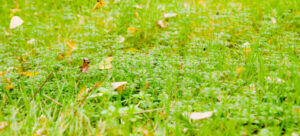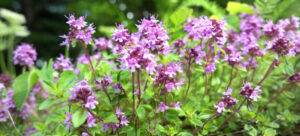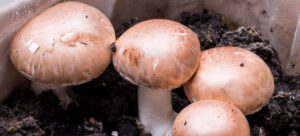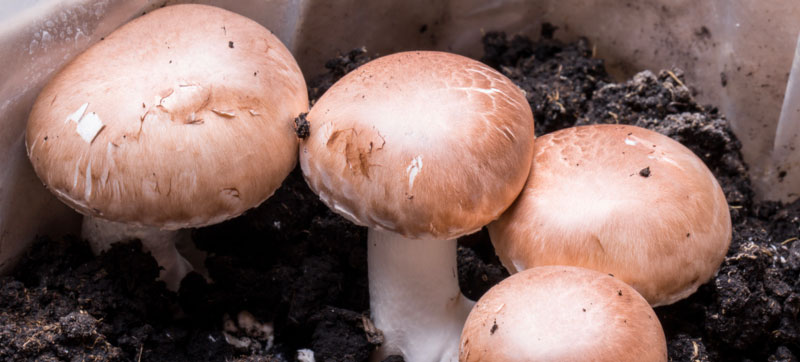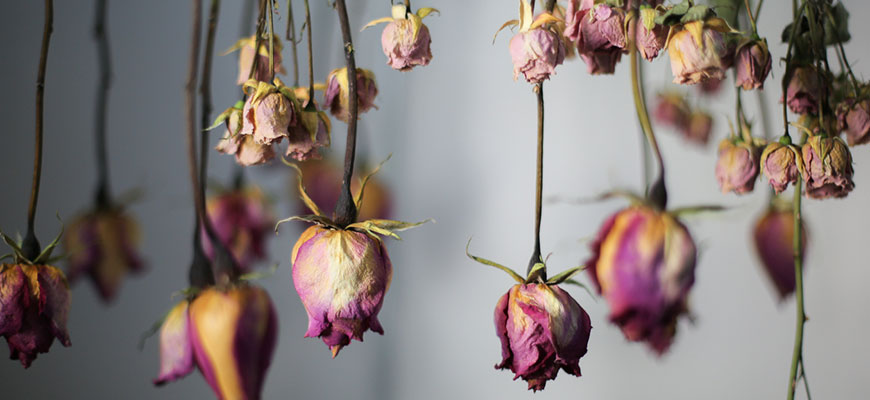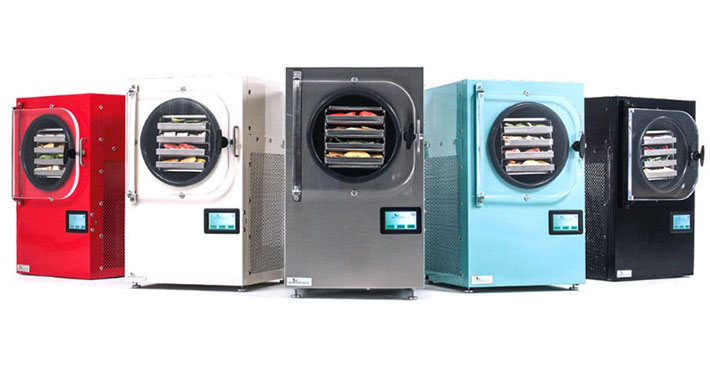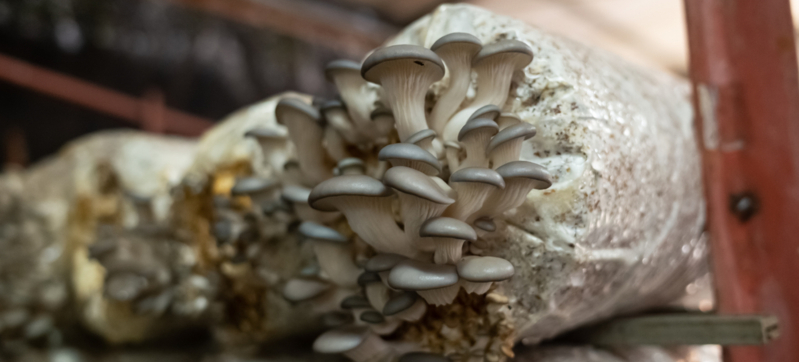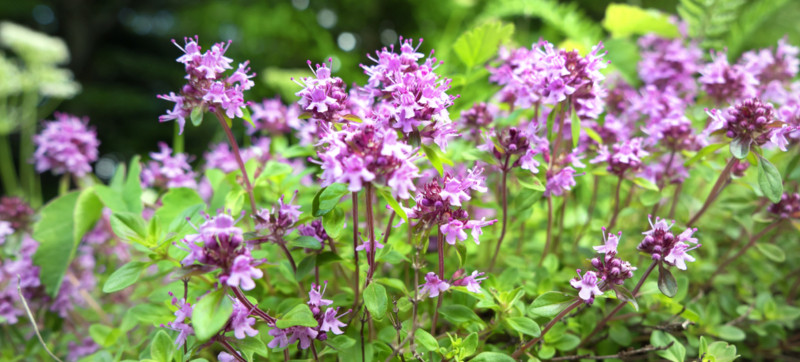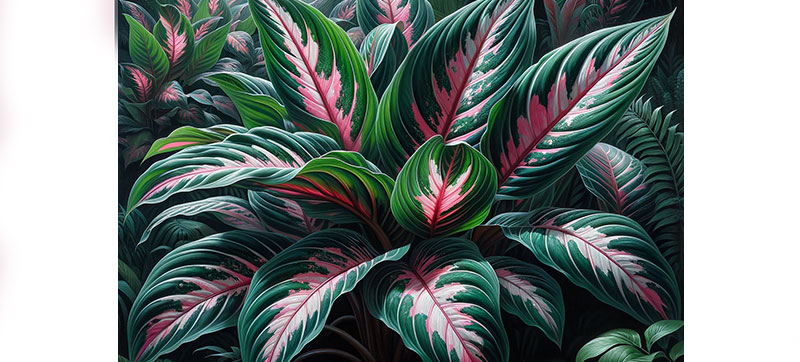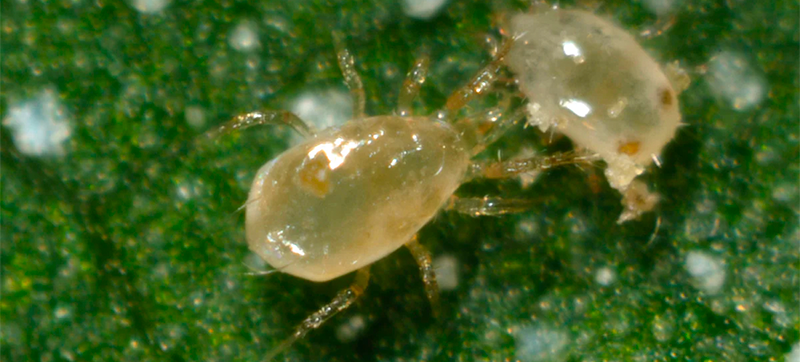The Shampoo Ginger Plant, also known as Zingiber zerumbet, is a striking tropical perennial that has captured the hearts of plant and nature lovers alike.
Originating from East Asia, is not only marveled for its aesthetic beauty but also its unique uses and benefits.
The Shampoo Plant showcases lush, green foliage and will grow up to six feet tall. During summer and fall months it bears red pine cone-like blooms. These pine cones start bright green and gradually turn into vibrant red, adding a pop of color to any garden.
The Shampoo Ginger name stems from the clear, aromatic fluid in its pine cones. This liquid has traditional uses in hair care, believed to add shine and health to hair.
In addition to its beauty and hair care applications, the Shampoo Ginger Plant has medicinal properties. Used in various cultures for its anti-inflammatory benefits and is thought to aid in digestion and boost immunity.
Whether you're a gardener or someone who appreciates unique plants, the Shampoo Ginger Plant is a delightful addition. Its beauty, versatility, and benefits make it a standout in the world of flora.
Continue reading →
